Recently, I was teaching a group of students about the Mass. We had reached the end of the Liturgy and were focused on the dismissal: “Go and proclaim the Gospel with your life.” We hear it all the time, but do we think about what it actually means? It is more than just a signal that Mass is over and we are free to go. It is a call to carry God’s light and life into the darkest corners of our world.
Mass isn’t just an obligation. It isn’t just something we do because we are Catholic. Being fully present at Mass is a choice and a discipline, and a whole lot of grace. We go to confession so that we can be open to all the graces offered to us in the Holy Sacrifice re-presented on the altar at every Mass. When we are fully present at Mass, we offer ourselves, our hearts, our happy thoughts, our distractions and our struggles. We give all of it to be used to glorify and worship God. We hear the Gospel, we share in Christ’s sacrifice by offering our own lives back to God, so what is left?
It isn’t enough to experience God’s love and light within the walls of the Church. It’s a start, but it isn’t enough. At the dismissal, we are reminded that we take what we have received, Christ himself, and carry Him out into the world. We don’t carry Him for our benefit, but for the world’s benefit. Our world can be a dark and dreary place. One doesn’t have to look far to become discouraged. In the midst of this world, we can take refuge in the One who created us. We have the grace and mercy of Our Lord. We have the tender love and example of His Mother. We have the intercession and advocacy of the Holy Spirit. “Go and proclaim the Gospel with your life,” is our call to action. It is when we choose to move from the protection of the Church to carry God’s love to our neighbor. It is when we choose to follow the example of the saints and be Christ’s light to others. It’s risky and it’s hard and it can also be incredibly scary, but it’s our calling.
Come, Holy Spirit, fill us with the fire of your love. Guide us to always choose to share your life and light with others.
Recientemente, estaba enseñando a un grupo de estudiantes sobre la Misa. Habíamos llegado al final de la Liturgia y estábamos concentrados en la despedida: “Ve y proclama el Evangelio con tu vida”. Lo escuchamos todo el tiempo, pero ¿pensamos en lo que realmente significa? Es más que una simple señal de que la Misa haya terminado y podemos irnos. Es un llamado a llevar la luz y la vida de Dios a los rincones más oscuros de nuestro mundo.
La misa no es sólo una obligación. No es algo que hacemos simplemente porque somos católicos. Estar plenamente presente en la Misa es una elección y una disciplina, y nos da mucha gracia. Nos confesamos para poder estar abiertos a todas las gracias que se nos ofrecen en el Santo Sacrificio representado en el altar en cada Misa. Cuando estamos completamente presentes en la Misa, nos ofrecemos a nosotros mismos, nuestros corazones, nuestros pensamientos felices, nuestras distracciones y nuestras batallas. Entregamos todo para que sea útil para glorificar y adorar a Dios. Si escuchamos el Evangelio, y compartimos el sacrificio de Cristo al ofrecer nuestras propias vidas a Dios, entonces, ¿qué más hay que hacer?
No basta con experimentar el amor y la luz de Dios dentro de los muros de la Iglesia. Es un comienzo, pero no es suficiente. En la despedida, se nos recuerda que tomamos lo que hemos recibido, Cristo mismo, y lo llevamos al mundo. No lo llevamos para nuestro beneficio, sino para el beneficio del mundo. Nuestro mundo puede ser un lugar oscuro y deprimente. No hace falta mirar muy lejos para desanimarse. En medio de este mundo, podemos refugiarnos en Aquel que nos creó. Tenemos la gracia y la misericordia de Nuestro Señor. Tenemos el tierno amor y el ejemplo de Su Madre. Contamos con la intercesión y el auxilio del Espíritu Santo. “Ve y proclama el Evangelio con tu vida”, es nuestro llamado a la acción. Es cuando elegimos alejarnos de la protección de la Iglesia para llevar el amor de Dios a nuestro prójimo. Es cuando elegimos seguir el ejemplo de los santos y ser la luz de Cristo para los demás. Es arriesgado, difícil y también puede dar mucho miedo, pero es nuestra vocación.
Ven, Espíritu Santo, llénanos con el fuego de tu amor. Guíanos para elegir siempre compartir tu vida y tu luz con los demás.
 Sheryl’s first calling is to be wife and partner to Tom, who is a candidate for the Permanent Diaconate in the Diocese of Kalamazoo. She also gets to live out her passion for teaching and learning by serving as principal at St. Therese Catholic School in Wayland, Michigan. Home is full with Carlyn, our goofy golden retriever, Lucy, our terrier mix wild child, and Mila, our very special Bernese Mountain dog.
Sheryl’s first calling is to be wife and partner to Tom, who is a candidate for the Permanent Diaconate in the Diocese of Kalamazoo. She also gets to live out her passion for teaching and learning by serving as principal at St. Therese Catholic School in Wayland, Michigan. Home is full with Carlyn, our goofy golden retriever, Lucy, our terrier mix wild child, and Mila, our very special Bernese Mountain dog.
Feature Image Credit: Leo Wieling, unsplash.com/photos/empty-wooden-pathway-in-between-trees-and-grass-during-daytime-A41RDv4xoMI



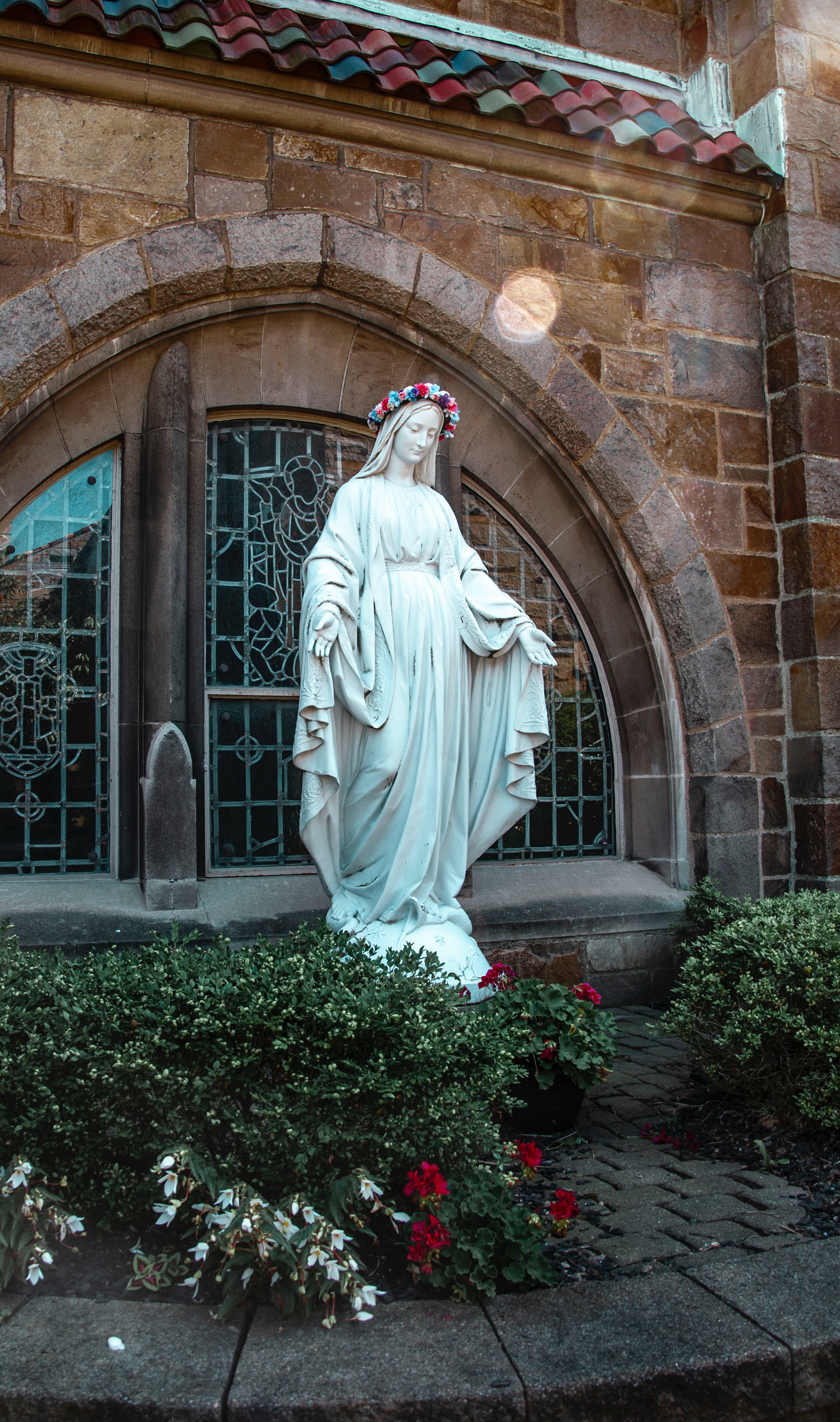
 Allison Gingras (
Allison Gingras ( 
 Dr. Alexis Dallara-Marsh is a board-certified neurologist who practices in Bergen County, NJ. She is a wife to her best friend, Akeem, and a mother of two little ones on Earth and two others in heaven above.
Dr. Alexis Dallara-Marsh is a board-certified neurologist who practices in Bergen County, NJ. She is a wife to her best friend, Akeem, and a mother of two little ones on Earth and two others in heaven above.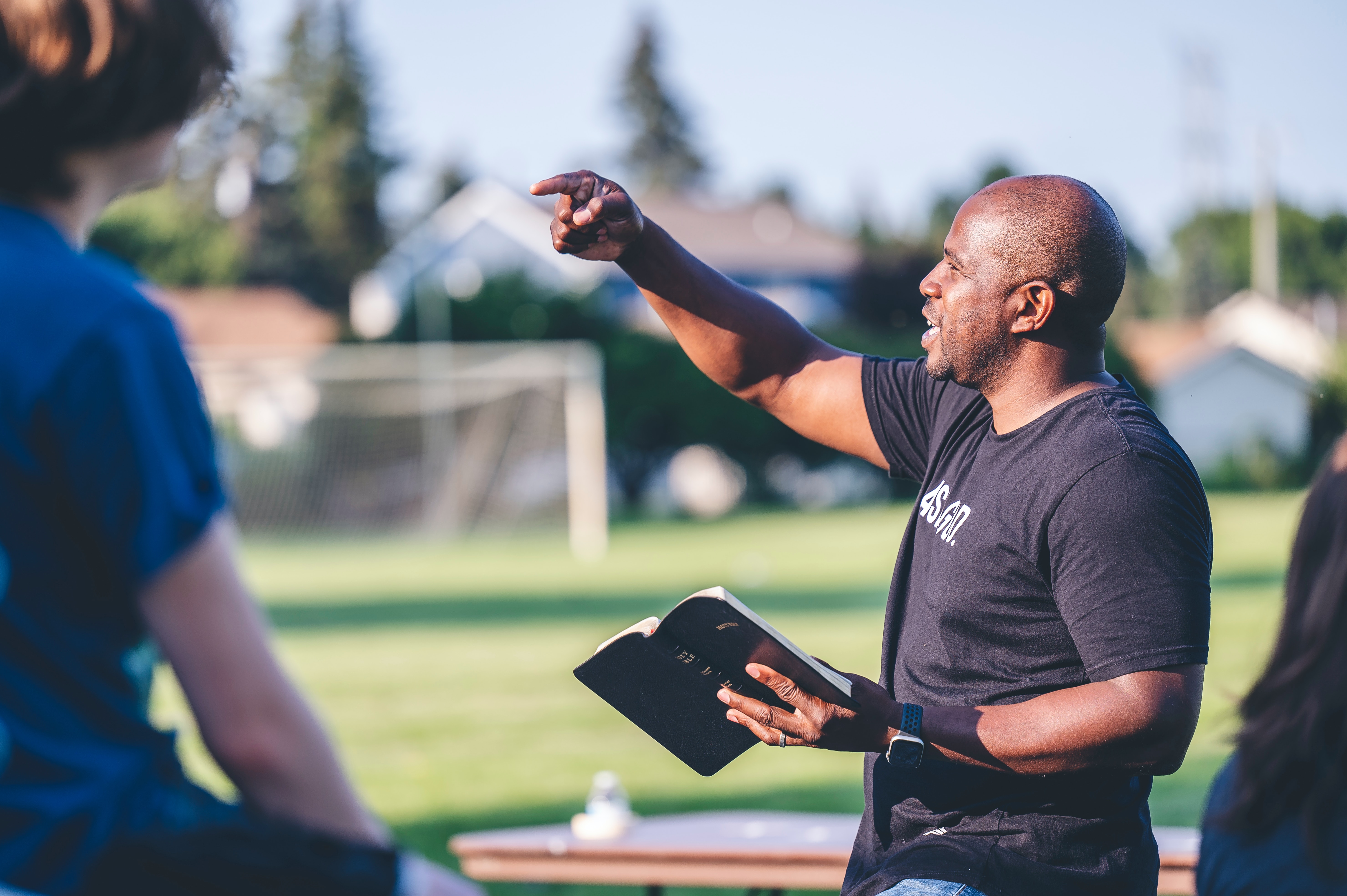
 Tami Urcia grew up in Western Michigan, a middle child in a large Catholic family. She spent early young adulthood as a missionary in Mexico, studying theology and philosophy, then worked and traveled extensively before finishing her Bachelor’s Degree in Western Kentucky. She loves tackling projects, finding fun ways to keep her little ones occupied, quiet conversation with the hubby and finding unique ways to love. She works full time, is a guest blogger on
Tami Urcia grew up in Western Michigan, a middle child in a large Catholic family. She spent early young adulthood as a missionary in Mexico, studying theology and philosophy, then worked and traveled extensively before finishing her Bachelor’s Degree in Western Kentucky. She loves tackling projects, finding fun ways to keep her little ones occupied, quiet conversation with the hubby and finding unique ways to love. She works full time, is a guest blogger on 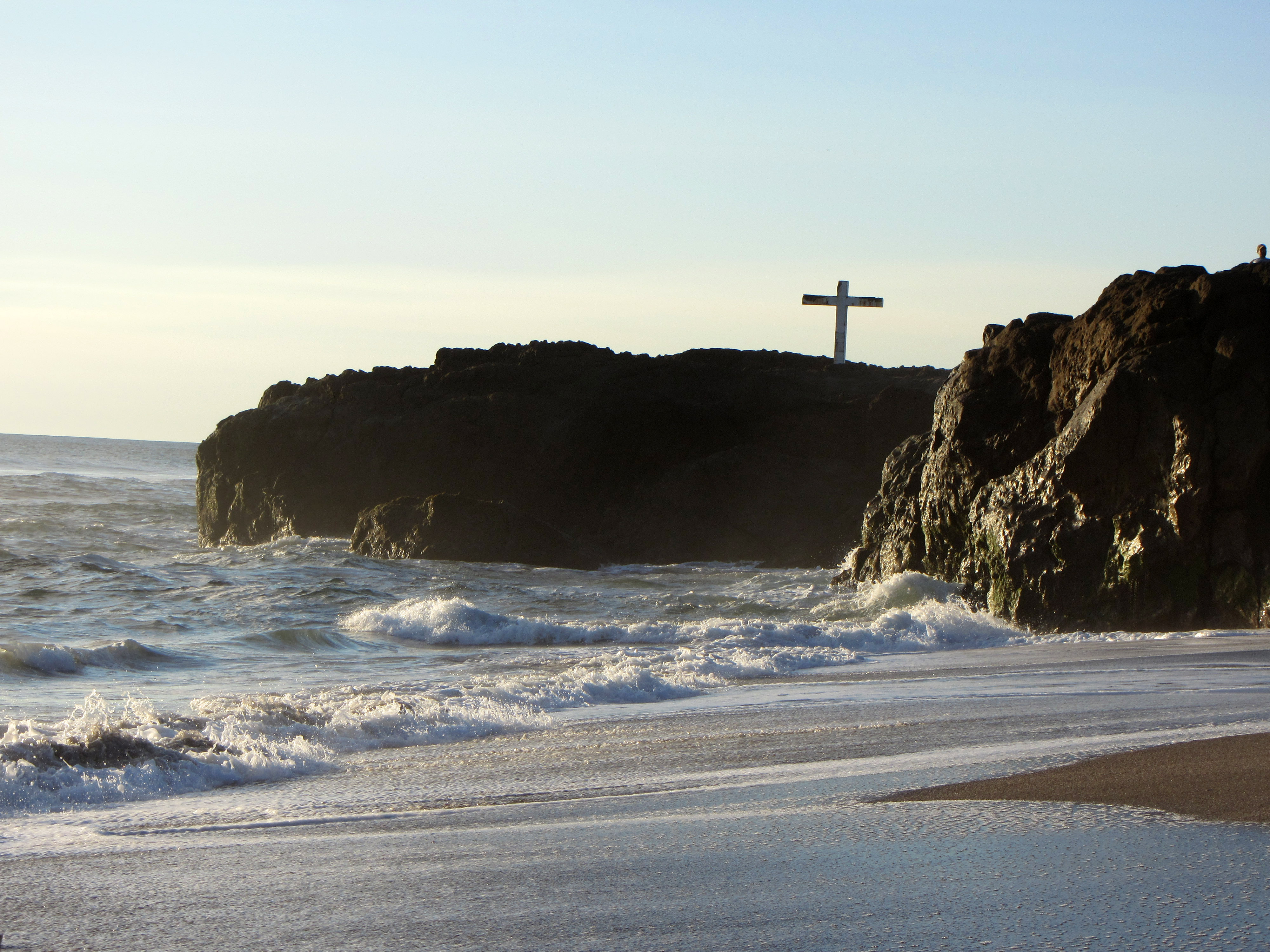
 Emily Jaminet is a Catholic author, speaker, radio personality, wife, and mother of seven children. She earned a bachelor’s degree in mental health and human services from the Franciscan University of Steubenville. She is the co-founder of
Emily Jaminet is a Catholic author, speaker, radio personality, wife, and mother of seven children. She earned a bachelor’s degree in mental health and human services from the Franciscan University of Steubenville. She is the co-founder of 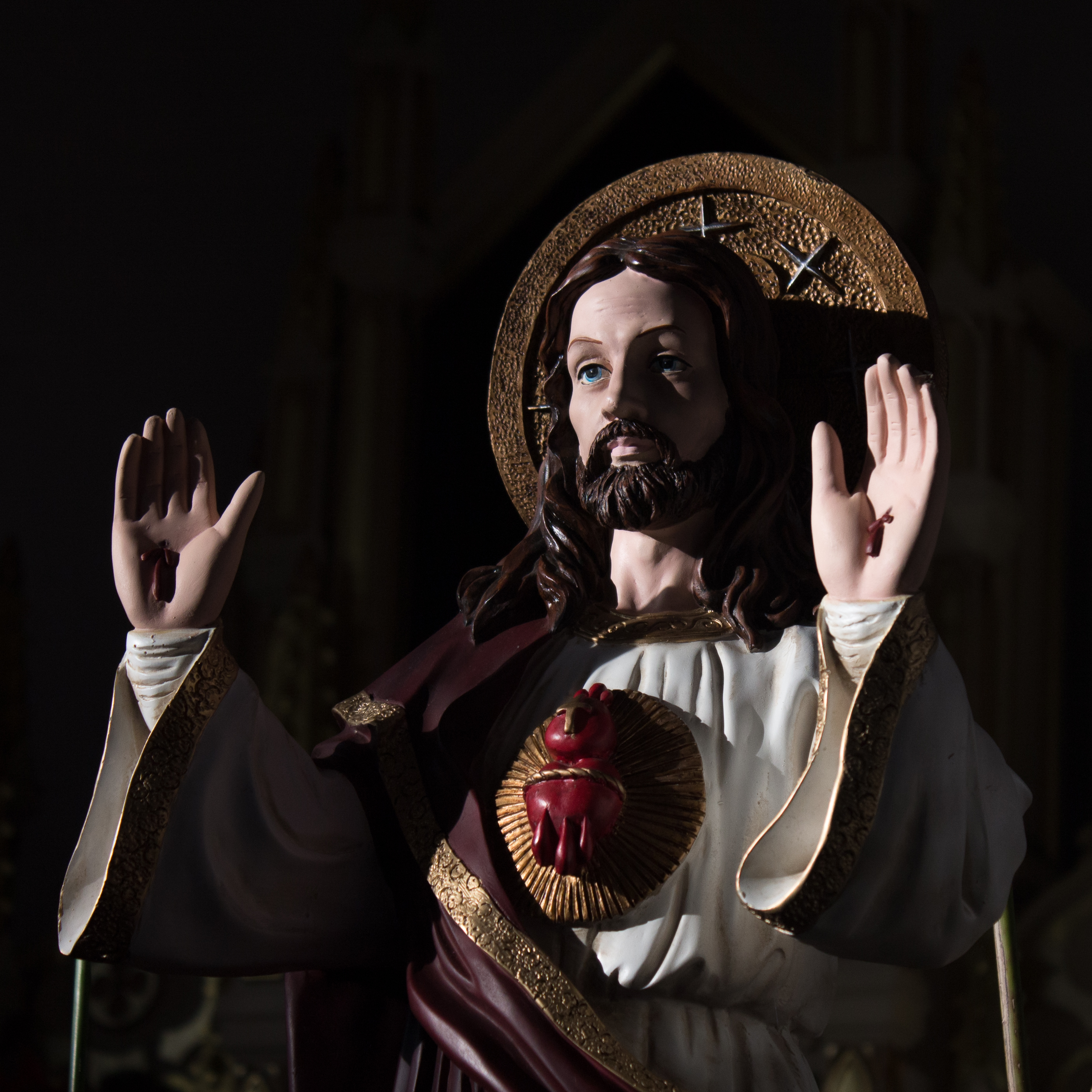
 Kathryn Mulderink, MA, is married to Robert, Station Manager for Holy Family Radio. Together they have seven children (including Father Rob), and seven grandchildren. She is President of the local community of Secular Discalced Carmelites and has published five books and many articles. Over the last 30 years, she has worked as a teacher, headmistress, catechist, Pastoral Associate, and DRE, and as a writer and voice talent for Catholic Radio. Currently, she serves the Church by writing and speaking, and by collaborating with various parishes and to lead others to encounter Christ and engage their faith. Her website is
Kathryn Mulderink, MA, is married to Robert, Station Manager for Holy Family Radio. Together they have seven children (including Father Rob), and seven grandchildren. She is President of the local community of Secular Discalced Carmelites and has published five books and many articles. Over the last 30 years, she has worked as a teacher, headmistress, catechist, Pastoral Associate, and DRE, and as a writer and voice talent for Catholic Radio. Currently, she serves the Church by writing and speaking, and by collaborating with various parishes and to lead others to encounter Christ and engage their faith. Her website is 




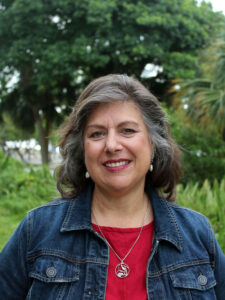 Deanna G. Bartalini, M.Ed.; M.P.A., is a certified spiritual director, writer, speaker and content creator. The
Deanna G. Bartalini, M.Ed.; M.P.A., is a certified spiritual director, writer, speaker and content creator. The 

 David Dashiell is a freelance author and editor in Nashville, Tennessee. He has a master’s degree in theology from Franciscan University, and is the editor of the anthology
David Dashiell is a freelance author and editor in Nashville, Tennessee. He has a master’s degree in theology from Franciscan University, and is the editor of the anthology 